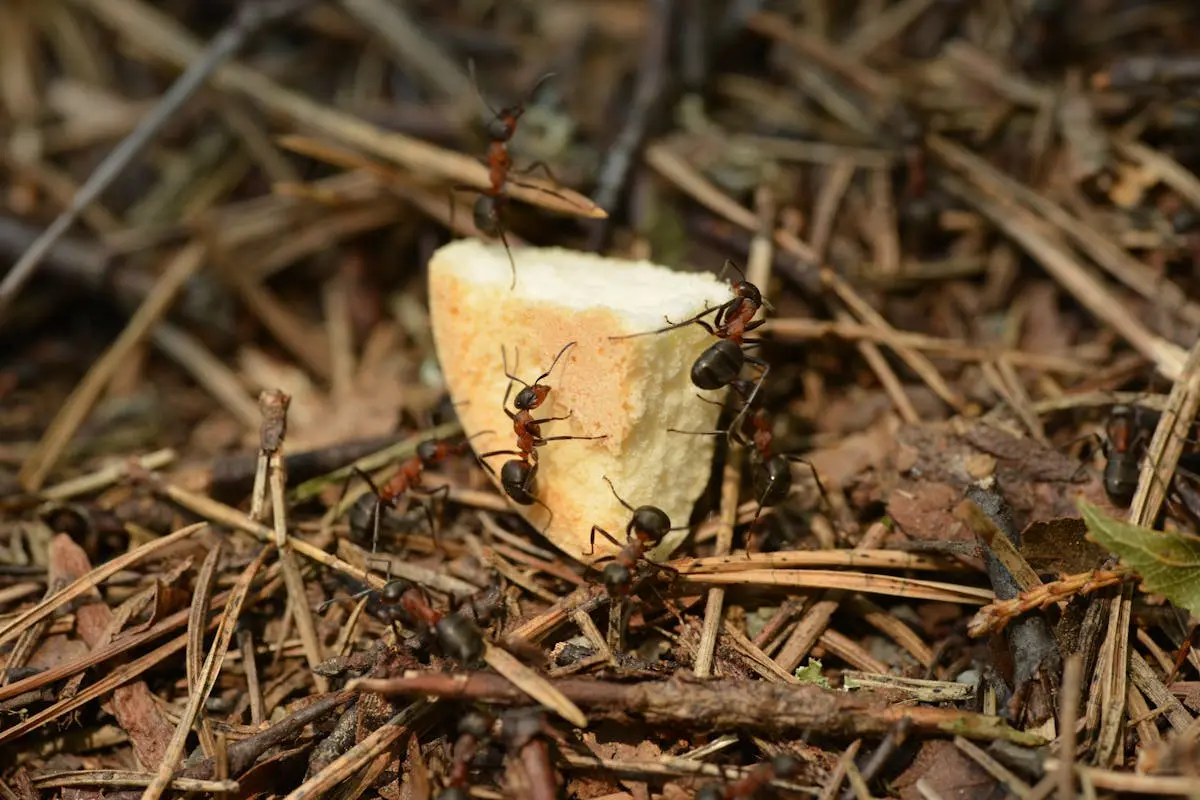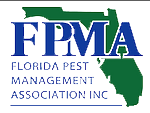Introduction to Fire Ants in Florida
Fire ants are more than just a nuisance in Florida; they’re a significant concern for residents and wildlife. These tiny invaders, officially known as Solenopsis invicta, made their way to the USA in the 1930s and have since made themselves quite at home, especially in Florida’s warm climate. What sets fire ants apart from other ants is their aggressive behavior and painful sting. They’re easily recognized by their reddish-brown color and the mounds of dirt they build as their homes. Unlike some pests that might keep to themselves, fire ants are known to attack in mass if they feel their nest is threatened, delivering stings that leave behind a burning sensation and pustules that can be quite uncomfortable. For people allergic to their venom, these stings can be even more severe. Whether you’re trekking through Florida’s natural landscapes or just in your backyard, it’s wise to keep an eye out for these small but mighty ants.
The Arrival of Fire Ants in Florida: A Brief History
Fire ants first made their way to Florida in the 1930s through Mobile, Alabama. It’s believed they hitched a ride on cargo ships coming from South America, their native land. Since their unwelcome arrival, they’ve spread aggressively across the state. Today, these tiny invaders are a common sight, disrupting local ecosystems, harming wildlife, and causing problems for residents. Their ability to adapt and thrive in Florida’s climes has made controlling their population a tough task for ecologists and homeowners alike.
Identifying Fire Ants: What Do They Look Like?
Fire ants in Florida aren’t hard to spot if you know what to look for. First, they are reddish-brown to reddish-black in color. They’re not very big — workers are about 1⁄16 to 1⁄5 of an inch long. What sets them apart is their aggressive behavior. If you disturb their mound, they swarm and sting, leaving itchy, painful welts. Their mounds are dome-shaped, often found in sunny areas of your lawn or garden. Unlike other ant mounds, there are no visible openings on the top since fire ants enter and exit through underground tunnels. So, keep an eye out for these signs, and you’ll be able to identify fire ants in your area.
The Impact of Fire Ants on Local Ecosystems and Human Populations
Fire ants in Florida are not just a nuisance; they pack a mighty punch to local ecosystems and human communities. First off, these insects are tough invaders, disrupting native wildlife. They outcompete local ants, reduce the diversity of species, and even prey on ground-nesting birds’ eggs. Think of it as them bulldozing through the local bug and bird world.
Now, for humans, the impact is equally harsh. Ever stepped on a fire ant mound? Ouch! Their bites cause painful, itchy welts. Beyond the personal agony, they’re a headache for homeowners and farmers alike. Fire ants damage crops, harm livestock, and can mess up electrical equipment causing expensive repairs. In areas heavily infested, outdoor activities are often less enjoyable, impacting quality of life and local economies dependent on outdoor tourism and recreation. In summary, fire ants bring a bag of problems, affecting both the natural world and human activities in Florida.
Fire Ant Behavior: Understanding Their Aggressive Nature
Fire ants are not your regular backyard ants. When you’re living in or visiting Florida, knowing about their behavior can save you a lot of trouble. First off, fire ants are aggressive. They don’t just bite; they latch onto your skin and sting you. This sting injects a venom that causes a burning sensation, hence the name “fire ants.”
What makes them particularly dangerous is their attack strategy. If you accidentally step on a fire ant mound, it’s not just one ant that comes after you – it’s the entire colony. They can sense vibrations and attack in large numbers, swarming onto anything that disturbs their nest.
It’s also worth noting that fire ants are incredibly resilient. They thrive in the Florida heat and can quickly rebuild their mounds after they’ve been destroyed. They’re not just a menace in your yard; fire ants can damage crops and even electrical equipment.
So, when dealing with fire ants, remember, it’s not just about avoiding a few ants here and there. It’s about being mindful of their aggressive nature, their strength in numbers, and their resilience. Always wear protective footwear when walking in areas where they might be present, and if you have a fire ant problem, consider reaching out to professionals who know how to safely deal with them.
Where Do Fire Ants Thrive? Common Habitats in Florida
Fire ants love the warm, sunny climate of Florida. They’re not picky about their homes and can set up camp in a variety of environments. However, they have a few favorite spots. First off, open, sunny areas like parks, fields, and lawns are prime real estate for these tiny invaders. They avoid shady spots, preferring the heat. Next, they’re fans of moist soil but can adapt to different moisture levels, making Florida’s occasionally wet conditions ideal. Areas near bodies of water, such as rivers or lakes, are also attractive to them, but they manage just fine in dry areas too. In agriculture, fire ants can be a real nuisance, invading crops and farmland. Remember, while their bites are painful, knowing where they hang out is the first step in avoiding or managing them.
Practical Tips for Avoiding Fire Ant Bites and Stings
Avoiding fire ant bites and stings is key if you’re spending time outdoors in Florida. First off, always wear closed shoes and long pants when wandering in grassy areas. Fire ants are notorious for their aggression, so stepping near their mound is a surefire way to get bitten. Keep an eye on the ground when you’re walking or setting up camp. If you spot a mound, give it a wide berth. Also, before putting on shoes or clothing that’s been left outside, shake them out. Fire ants can sneak into garments left on the ground. If you’re gardening or working in an area where fire ants are a concern, consider applying insect repellent that’s effective against ants. Lastly, keep your yard tidy by trimming vegetation and removing debris where fire ants could establish their colonies. Following these tips will reduce your chances of unpleasant encounters with these fiery pests.
How to Manage and Control Fire Ant Populations
To keep fire ant numbers down, you’ve got to think smart and act quickly. First off, know that fire ants love warm climates, making Florida a perfect hangout spot for them. To tackle them, you can use bait. Spread it around, not directly on the mound, so the worker ants can carry it back to the nest. This method doesn’t work overnight, but give it a couple of weeks, and you should start seeing results.
Another strategy is to directly treat the mounds. There’s a bunch of products out there designed for this. But heed this warning: always follow the instructions to the letter. Going rogue and pouring boiling water or mixing up homemade concoctions might feel like sweet revenge, but it’s not the most effective or safe approach.
And remember, consistency is key. You can’t just fight them once and expect to win the war. Keep an eye out for new mounds and act swiftly. Consider reaching out to professionals if things get out of hand. They’ve got the tools and know-how to knock fire ants out of the park.
Professional Extermination Options for Fire Ant Infestation
When fire ants invade, calling in the pros is a smart move. Professional exterminators know their stuff. They’ll check out your situation and pick the best way to kick those ants out. Here’s how they do it. First, they might use bait. This isn’t your regular kitchen bait. It’s special stuff that the fire ants take back to their colony. It works slow but gets the whole colony in the end. Sometimes they go in with direct chemical treatments. They find the mounds and hit them hard with chemicals that wipe out the ants fast. Each method has its place. The exterminators will look at your yard, see how bad the ants are, and decide the best action. Yeah, it costs more than DIY, but these pros can save your yard and keep those fire ants from coming back.
Conclusion: Coexisting with Fire Ants in Florida
Coexisting with fire ants in Florida doesn’t have to be a constant battle. Understanding that they’re part of the ecosystem and have roles to play is a good place to start. It’s about balance, not elimination. Simple steps can keep them at bay: maintain your yard, be mindful of where you step or sit outdoors, and seal off entry points to your home. If you do get bitten, wash the area with soap and water and seek medical help if the reaction is severe. Remember, they’re just another part of Florida’s diverse wildlife. By respecting their space and being cautious, you can minimize the impact they have on your outdoor enjoyment.



